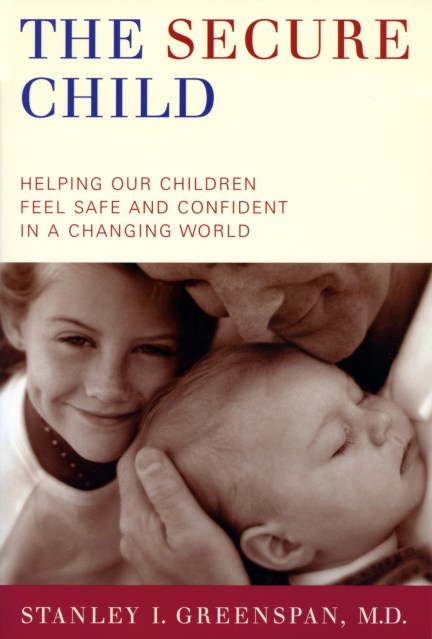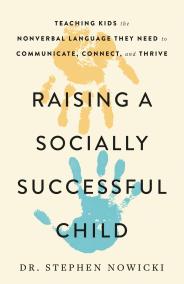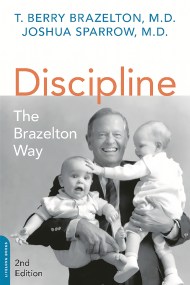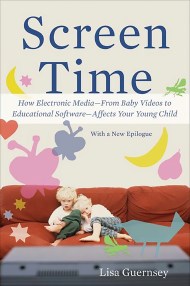Promotion
Use SCORPIO24 for 15% off site wide + free shipping over $45
The Secure Child
Helping Our Children Feel Safe And Confident In A Changing World
Contributors
Formats and Prices
Price
$19.99Price
$25.99 CADFormat
Format:
Trade Paperback $19.99 $25.99 CADThis item is a preorder. Your payment method will be charged immediately, and the product is expected to ship on or around October 16, 2003. This date is subject to change due to shipping delays beyond our control.
Also available from:
Genre:
- On Sale
- Oct 16, 2003
- Page Count
- 176 pages
- Publisher
- Da Capo Lifelong Books
- ISBN-13
- 9780738208169
Newsletter Signup
By clicking ‘Sign Up,’ I acknowledge that I have read and agree to Hachette Book Group’s Privacy Policy and Terms of Use












